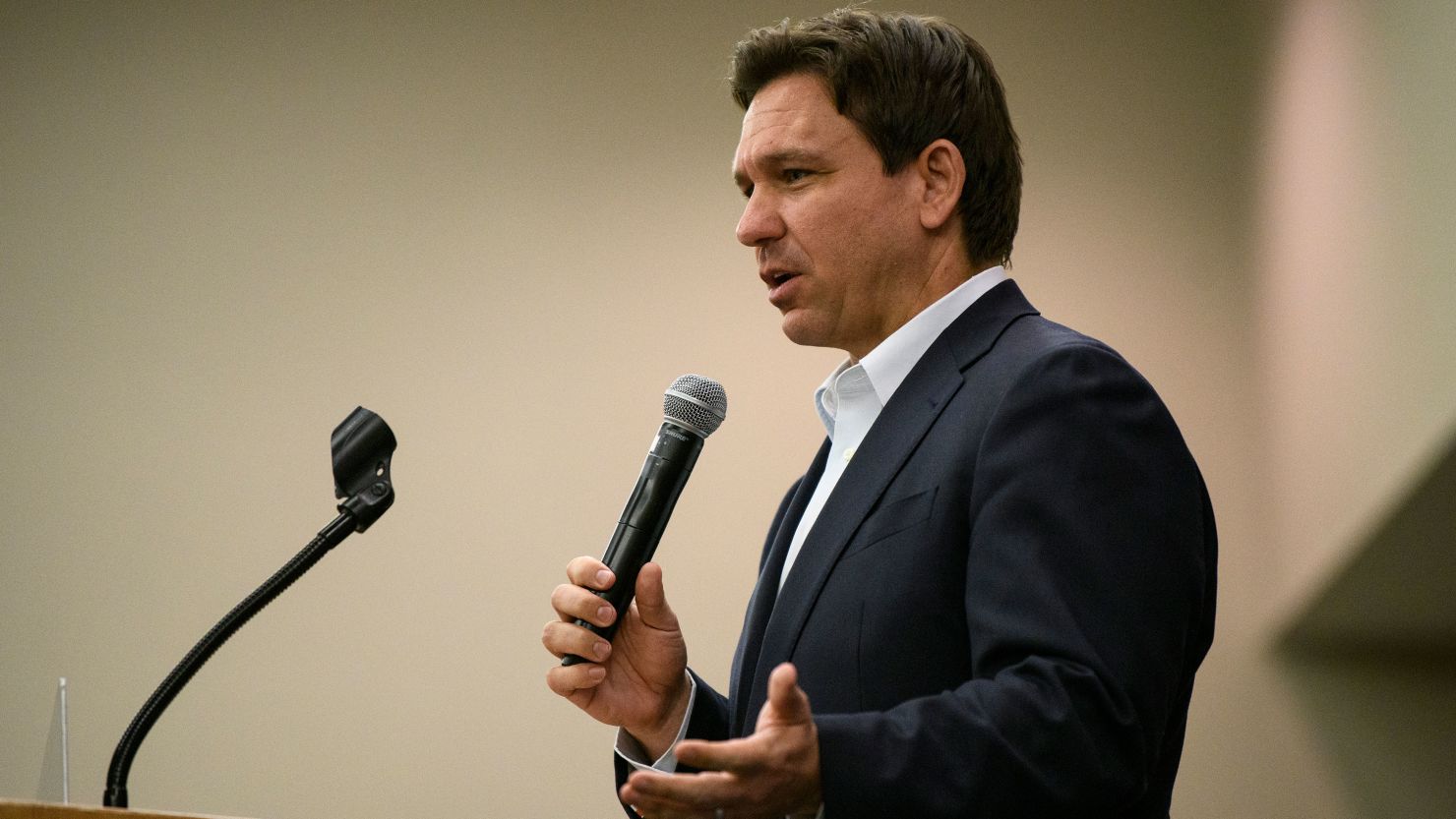Ron DeSantis is expected to enter the 2024 presidential race this week. But the Florida governor begins his campaign to win the GOP nomination with his poll numbers flailing and with former President Donald Trump as the clear primary front-runner.
Still, DeSantis remains by far the best hope for anti-Trump forces within the GOP. And a few recent historical examples indicate he has a real chance to be his party’s nominee.
Trump has turned what polls once showed was a competitive primary matchup into a giant advantage over DeSantis. The former president was ahead of DeSantis by about 10 points nationally at the end of last year. Trump was polling in the low 40s, while DeSantis was in the low 30s.
Today, Trump is averaging over 50% nationally among GOP voters. DeSantis has dropped back into the low 20s. No one else is even in double digits.
The numbers do look slightly better for DeSantis in the early-voting states. What had been a DeSantis lead in New Hampshire, according to University of New Hampshire polls, has now become a Trump edge. Trump was up 42% to 22% in its latest survey. Limited released data in Iowa points to a similar trendline.
Path to a comeback
While the numbers don’t look great for DeSantis at this time, remember he hasn’t formally gotten into the race as yet. We don’t know what might happen when he hits the campaign trail as a candidate. History does show us that there is time for DeSantis to mount a comeback.
Back in 2007, Illinois Sen. Barack Obama was averaging in the low 20s nationally ahead of the 2008 Democratic primary season. New York Sen. Hillary Clinton was dominating the national polls for the Democratic nomination with nearly 40% of the vote. Her lead grew slightly larger during the second half of the year.
And yet, Obama ended up defeating Clinton.
That same cycle, Arizona Sen. John McCain was stuck in the low 20s in early national surveys of the Republican primary. After falling back into the mid-10s in the second half of the year, McCain would also make a massive comeback.
History suggests that someone in DeSantis’ polling position has a roughly 1-in-5 (20%) chance of winning the nomination. To put that in perspective, you have a 1-in-5 chance of choosing your pinky finger in a game of eeny, meeny, miny, moe on your fingers.
Trump, of course, has a significantly higher chance of winning the GOP nod. The only past candidate pulling in anywhere close to Trump’s share of the primary vote in early national surveys and then didn’t become his party’s nominee was Massachusetts Sen. Ted Kennedy in the 1980 cycle. Most candidates polling in Trump’s current position or better (Bob Dole in 1996, Al Gore in 2000, George W. Bush in 2000 and Hillary Clinton in 2016) won their party nominations with relative ease.
These early poll numbers are meaningful in what they tell us about the state of the race. Trump is in a much better position than he was at this point in the 2016 cycle, when he was in the single digits. (That cycle is an awful comparison to this one, however: The leader at this point in the race back then, Wisconsin Gov. Scott Walker, was in the mid-teens nationally.)
How he can win
To beat the odds, DeSantis probably needs at least one of two things to happen.
One, he needs to ensure that more of the party establishment doesn’t rally around Trump. The former president already has more than four times as many endorsements from members of Congress and governors than he did throughout the 2016 primary cycle.
There’s likely no stopping Trump if he has the party behind him and he is able to dominate press coverage like he has shown he can.
Keep in mind that all presidential contenders with a similar share of endorsements from top elected officials this early in the cycle have gone on to be their party’s nominee. That said, most GOP members of Congress and governors have not yet weighed in. The party has, in other words, not yet decided.
The second option for DeSantis is to win in either Iowa or New Hampshire. That’s not sufficient to win the nomination, but it likely is necessary. Both Obama (Iowa) and McCain (New Hampshire) won one of the early contests to jumpstart their campaigns.
The good news for DeSantis is that he is polling better in those states than he is nationally, even if he trails Trump in both. A DeSantis win in either state would show us if Trump’s lead is built on a solid foundation or like a deck of cards.
The bottom line for DeSantis is this: He has a solid chance of winning his party’s nomination, but it won’t be easy.






